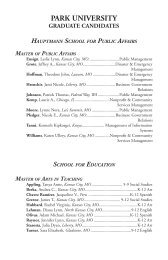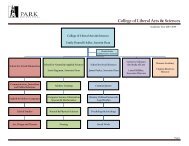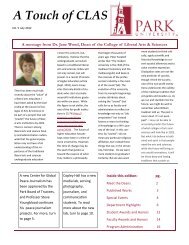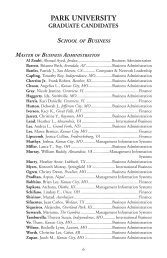How to Write a Radio Serial Drama for Social Development- PDF
How to Write a Radio Serial Drama for Social Development- PDF
How to Write a Radio Serial Drama for Social Development- PDF
You also want an ePaper? Increase the reach of your titles
YUMPU automatically turns print PDFs into web optimized ePapers that Google loves.
50 Chapter Four: Blending S<strong>to</strong>ry and Message in the <strong>Drama</strong> Plot<br />
should be positive. It is difficult, if not impossible, <strong>to</strong> educate people by<br />
telling them only what they should not do. Sometimes, even mentioning<br />
the negative side of a situation rein<strong>for</strong>ces—however inadvertently—the<br />
very behavior that the s<strong>to</strong>ry is aiming <strong>to</strong> replace. Telling listeners not <strong>to</strong><br />
believe a rumor that vasec<strong>to</strong>my causes impotence, <strong>for</strong> example, may<br />
plant the notion even more firmly in their minds. (The section on<br />
“<strong>Social</strong> Learning Theory” in the Prologue discusses the greater<br />
effectiveness of positive, rather than negative, models.)<br />
8. Create trust. Creating trust in the listening audience is critical <strong>to</strong><br />
bringing about social change through radio drama. Listeners must have<br />
confidence in the s<strong>to</strong>ry and in the message. (The section on “Persuasion<br />
Theory” in the Prologue discusses the importance of credible sources <strong>for</strong><br />
influencing an audience.) To give the drama a sense of authority, role<br />
model characters should resemble closely the type of people whom<br />
listeners respect in their community. Trust is further enhanced by<br />
presenting accurate, appropriate, and consistent in<strong>for</strong>mation. This can be<br />
assured by constant use of the <strong>Write</strong>r’s Brief, which contains the precise<br />
message in<strong>for</strong>mation <strong>to</strong> be included in the drama as well as definitions of<br />
key words and phrases.<br />
9. Encourage advocacy. Even though a radio serial can reach many people<br />
in a community, it alone is not sufficient <strong>to</strong> “spread the word.” By<br />
involving the listeners emotionally, however, the serial can motivate them<br />
<strong>to</strong> pass on what they hear <strong>to</strong> their families and friends. The writer can<br />
encourage this by demonstrating through role models in the serial how<br />
listeners who already have adopted the desired behavior can help others<br />
understand the new ways and change their behavior. (The section on<br />
“Diffusion Theory” in the Prologue discusses the spread of in<strong>for</strong>mation<br />
throughout a community by word of mouth.)<br />
10. Be original. The writer should try <strong>to</strong> avoid a stereotyped s<strong>to</strong>ry that<br />
follows a predictable pattern, even when dealing with a problem that<br />
results from a known and finite set of causes, such as AIDS. The typical<br />
drama dealing with AIDS, <strong>for</strong> example, features a young man who<br />
behaves irresponsibly in the belief that he could not possibly contract the<br />
disease. Inevitably he succumbs <strong>to</strong> the disease, and all the “good”<br />
characters learn from his demise. An alternative approach might be <strong>to</strong><br />
focus on an AIDS victim who is not all “bad.” Although he may have<br />
contracted AIDS from promiscuous, unprotected sex, he might have<br />
improved a friend’s life—not by warning him against AIDS, but, <strong>for</strong><br />
example, by bequeathing the friend a bicycle that allows him <strong>to</strong> earn a<br />
living as a messenger. This differentiates the s<strong>to</strong>ry from others on the<br />
same <strong>to</strong>pic and gives it a positive thrust despite the tragic situation.<br />
The multi-plot nature of the serial gives the writer the opportunity<br />
<strong>to</strong> fulfill all ten aims of plot development. While no single plot will<br />
achieve every aim, the combination of the main plot and various subplots<br />
can encompass all ten aims com<strong>for</strong>tably and create a foundation <strong>for</strong><br />
a successful blending of plot and message.
















